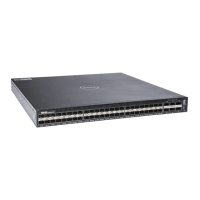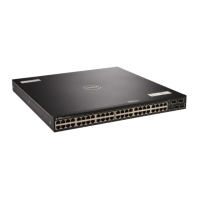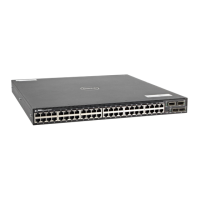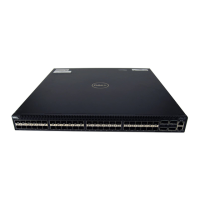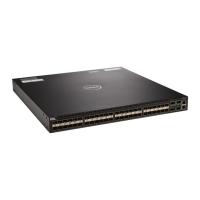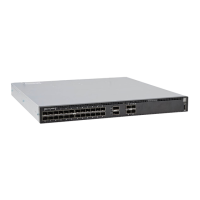Link Aggregation Control Protocol
(LACP)
A link aggregation group (LAG), referred to as a port channel by the Dell Networking OS, can provide both
load-sharing and port redundancy across line cards. You can enable LAGs as static or dynamic.
Introduction to Dynamic LAGs and
LACP
A link aggregation group (LAG), referred to as a port channel by Dell Networking OS, can provide both load-
sharing and port redundancy across line cards. You can enable LAGs as static or dynamic.
The benefits and constraints are basically the same, as described in Port Channel Interfaces in the Interfaces
chapter.
The unique benefit of a dynamic LAG is that its ports can toggle between participating in the LAG or acting as
dedicated ports, whereas ports in a static LAG must be removed from the LAG in order to act alone.
The Dell Networking OS uses LACP to create dynamic LAGs. LACP provides a standardized means of
exchanging information between two systems (also called Partner Systems) and automatically establishes the
LAG between the systems. LACP permits the exchange of messages on a link to allow their LACP instances to:
• Reach an agreement on the identity of the LAG to which the link belongs.
• Move the link to that LAG.
• Enable the transmission and reception functions in an orderly manner.
The Dell Networking OS implementation of LACP is based on the standards specified in the IEEE 802.3:
“Carrier sense multiple access with collision detection (CSMA/CD) access method and physical layer
specifications.”
LACP functions by constantly exchanging custom MAC protocol data units (PDUs) across local area network
(LAN) Ethernet links. The protocol packets are only exchanged between ports that are configured as LACP
capable.
Important Points to Remember
• LACP allows you to add members to a port channel (LAG) as long as it has no static members.
Conversely, if the LAG already contains a statically defined member (the channel-member command),
the
port-channel mode command is not permitted.
• A static LAG cannot be created if a dynamic LAG using the selected number exists.
• No dual membership in static and dynamic LAGs:
28
Link Aggregation Control Protocol (LACP) 581
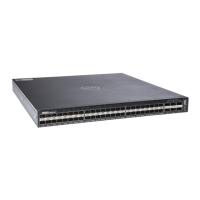
